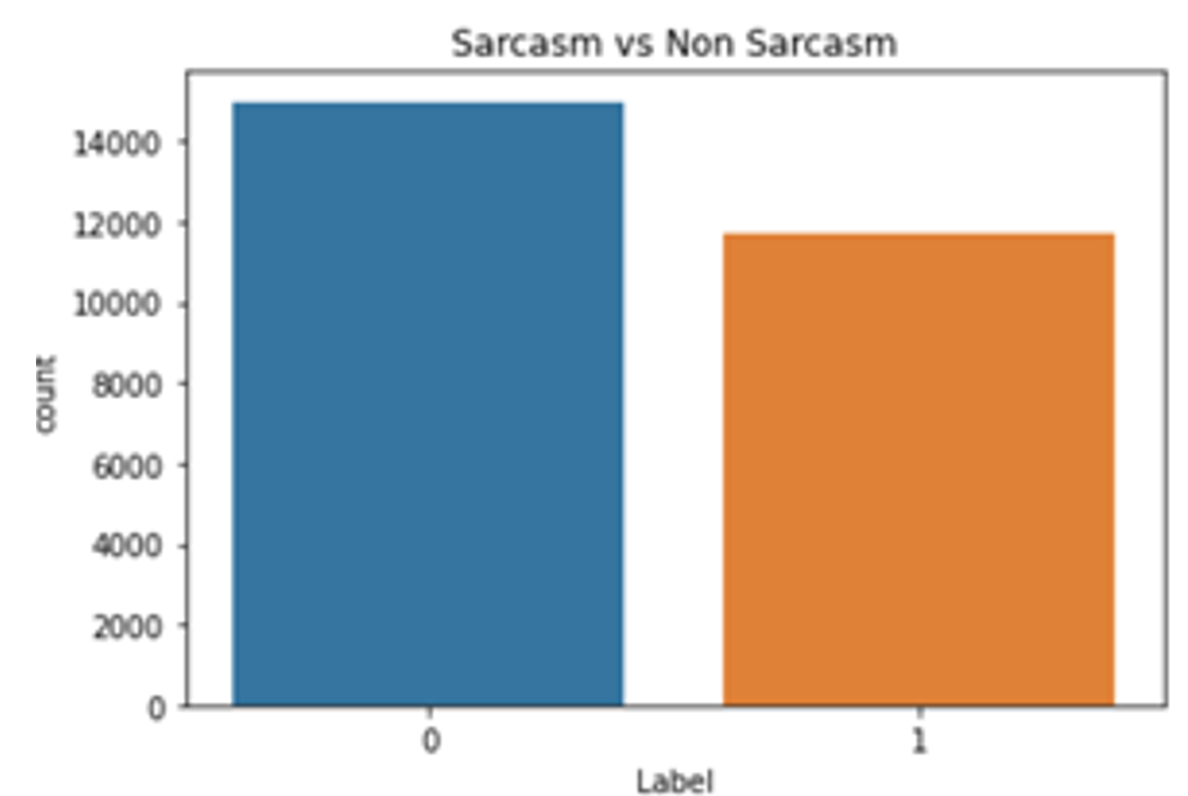Sarcasm Detection in News Headline Dataset with Ensemble Deep Learning Method
Deteksi Sarkasme Pada Dataset News Headline Dengan Metode Ensemble Deep Learning
DOI:
https://doi.org/10.21070/joincs.v6i2.1628Keywords:
sentiment analysis, BiGRU, CNN, LightGBM, sarcasm detectionAbstract
Sarcasm, a prevalent linguistic device, is frequently used in public discourse, often causing offence and distress to the listener. The complexity inherent in detecting sarcasm is a significant and ongoing challenge in the field of sentiment analysis research. The widespread use of this phenomenon in diverse conversational contexts further complicates its identification in data sets full of human interactions. Deficiencies in methodologies for distinguishing such statements adversely affect the performance of sentiment analysis, especially in distinguishing negative, positive or neutral sentiments. Inaccuracies in sarcasm detection can affect the classification results of sentiment analysis. Therefore, sentiment analysis seeks to categorise sarcastic sentences that, despite appearing positive, actually contain negative meanings. This research aims to build a deep learning ensemble stack model. The basic deep learning methods used are Bidirectional Gated Recurrent Unit (BiGRU) and Convolutional Neural Network (CNN). LightGBM is used to perform stack ensemble of deep learning methods. The dataset used comes from the Kaggle website and consists of English headlines. The findings show that the stack ensemble method outperforms BiGRU and CNN, evidenced by an accuracy rate of 91.2% and an F1 score of 90.2%. Therefore, from the above discussion, it can be concluded that the LightGBM method emerges as the optimal solution for sarcasm detection
References
[2] S. Poria, E. Cambria, D. Hazarika, and P. Vij, “A deeper look into sarcastic tweets using deep convolutional neural networks,” COLING 2016 - 26th Int. Conf. Comput. Linguist. Proc. COLING 2016 Tech. Pap., pp. 1601–1612, 2016.
[3] V. Govindan and V. Balakrishnan, “A machine learning approach in analysing the effect of hyperboles using negative sentiment tweets for sarcasm detection,” J. King Saud Univ. - Comput. Inf. Sci., vol. 34, no. 8, pp. 5110–5120, 2022.
[4] S. M. Sarsam, H. Al-Samarraie, A. I. Alzahrani, and B. Wright, “Sarcasm detection using machine learning algorithms in Twitter: A systematic review,” Int. J. Mark. Res., vol. 62, no. 5, pp. 578–598, 2020.
[5] D. Alita and A. R. Isnain, “Pendeteksian Sarkasme pada Proses Analisis Sentimen Menggunakan Random Forest Classifier,” J. Komputasi, vol. 8, no. 2, pp. 50–58, 2020.
[6] M. S. Razali, A. A. Halin, L. Ye, S. Doraisamy, and N. M. Norowi, “Sarcasm Detection Using Deep Learning with Contextual Features,” IEEE Access, vol. 9, pp. 68609–68618, 2021.
[7] Y. Yunitasari, A. Musdholifah, and A. K. Sari, “Sarcasm Detection For Sentiment Analysis in Indonesian Tweets,” IJCCS (Indonesian J. Comput. Cybern. Syst., vol. 13, no. 1, p. 53, 2019.
[8] K. S. Ranti and A. S. Girsang, “Indonesian sarcasm detection using convolutional neural network,” Int. J. Emerg. Trends Eng. Res., vol. 8, no. 9, pp. 4952–4955, 2020.
[9] S. Fanissa, M. A. Fauzi, and S. Adinugroho, “Analisis Sentimen Pariwisata di Kota Malang Menggunakan Metode Naive Bayes dan Seleksi Fitur Query Expansion Ranking,” Pengemb. Teknol. Inf. dan Ilmu Komput., vol. 2, no. 8, pp. 2766–2770, 2018.
[10] C. Jia and H. Zan, “Context-Based Sarcasm Detection Model in Chinese Social Media Using BERT and Bi-GRU Models,” CEUR Workshop Proc., vol. 3150, pp. 42–50, 2022.
[11] H. F. Fadli and A. F. Hidayatullah, “Identifikasi Cyberbullying Pada Media Sosial Twitter Menggunakan Metode Klasifikasi Random Forest,” Automata, 2019.
[12] M. A. Rosid, D. Siahaan, and A. Saikhu, “Pre-Trained Word Embeddings for Sarcasm Detection in Indonesian Tweets: A Comparative Study,” in 2022 9th International Conference on Information Technology, Computer, and Electrical Engineering (ICITACEE), 2022, pp. 281–286.
[13] C. N. N. Bigru, “applied sciences Short Text Aspect-Based Sentiment Analysis Based on,” 2022.
[14] P. Mehndiratta, S. Sachdeva, and D. Soni, “Detection of sarcasm in text data using deep convolutional neural networks,” Scalable Comput., vol. 18, no. 3, pp. 219–228, 2017.
[15] D. D. Rufo, T. G. Debelee, A. Ibenthal, and W. G. Negera, “Diagnosis of diabetes mellitus using gradient boosting machine (Lightgbm),” Diagnostics, vol. 11, no. 9, pp. 1–14, 2021






